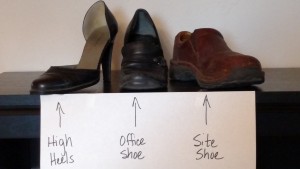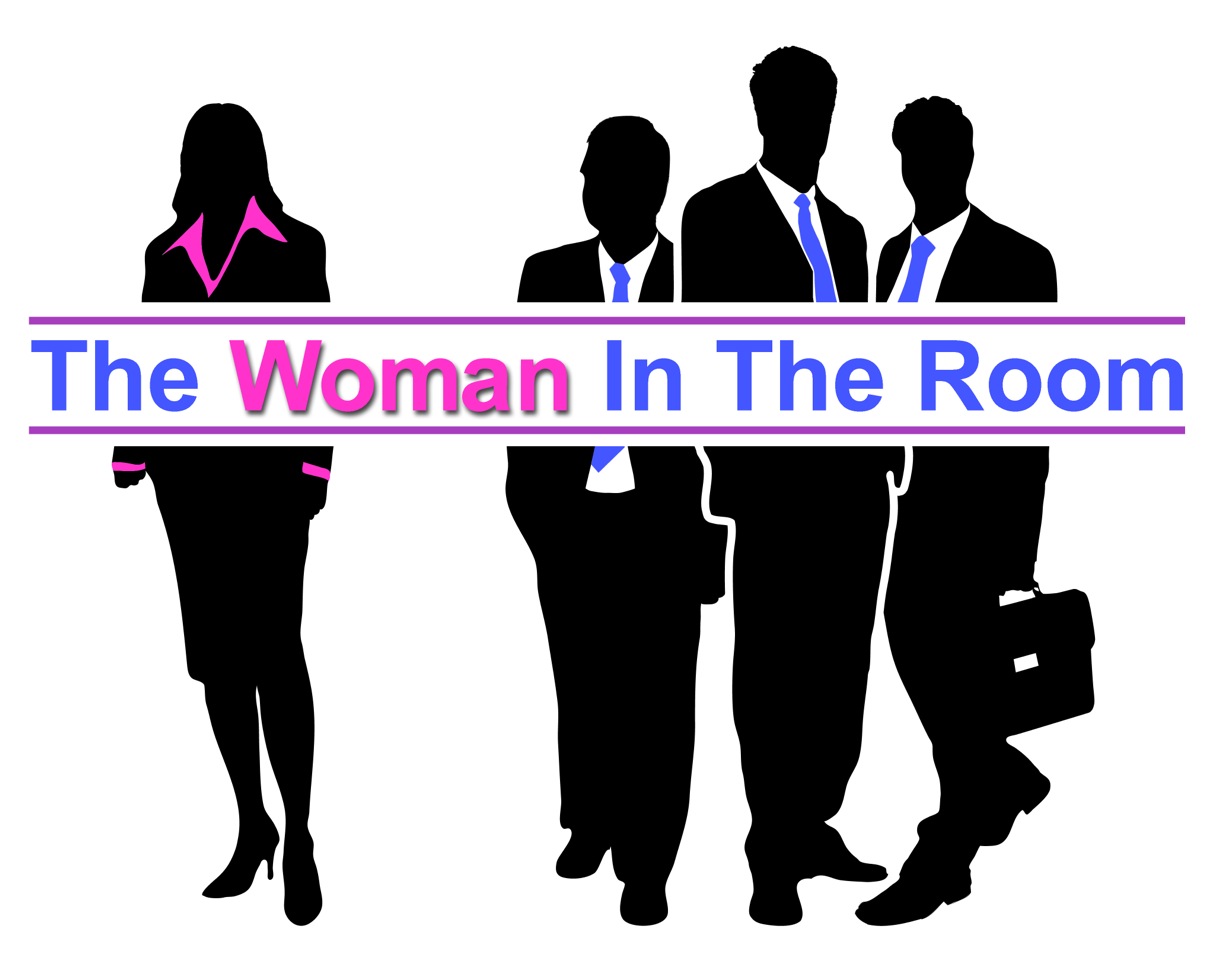
www.123rf.com -11057286
I read a lot of articles about women in the workplace and it seems we are fixated on identifying every slight, bad comment and bit of poor behavior. I’ve been told many times that the intent is generate awareness of sexual biases in the workplace and let women know what they are facing.
I can accept that but sharing bad experiences without presenting solutions that change workplace behavior does nothing to advance women. It only lets us make another notch in our “how women are treated unfairly” belt. We need solutions that actually work.
So why don’t we get solutions?
There are many reasons. One reason is because many people believe an individual woman can’t do anything to change her workplace. They believe change only happens from the top down and it takes CEO and senior management intervention to advance women.
However, that is a myth. The male-dominated workplace already knows (and it can cite lots of its own examples) that top down directed change does NOT work. Real change can only happen from within. This is why it is up to individual women to change their workplace’s behaviors.
So how do we do that?
We think outside the box. We get creative so we make sure we don’t absorb the negativity being thrown at us and allow it to diminish us.
Typically we are taught that that when we are faced with unacceptable behavior we have a binary choice – Let it go or Fight back. Too often women let things go when we would really prefer to take a stand because we don’t want conflict. We are afraid that the conflict will back fire on us – we will be seen as a troublemaker and the sexist behavior dismissed.
There is however a third option that is effective – teach men through humor.
Humor works because men like to jab, joke and prank each other. (It is what makes working with men so much fun.) When we use humor we show that we aren’t easily offended which men then interpret that as being strong and confident. Humor is also an easy way to build rapport and become part of the gang.
I’ve used humor to deal with a variety of situations from mild to crude. Here is an example of how I handled one sexism based situation:
I was a project manager working in a construction office out on a construction site when I kept hearing rumors that I wore “high heels” to work. I typically wore one of two pairs of old shoes. They had 1-1/2 to 2 inch heels and were far from my definition of “high heels.” To me they were “construction office shoes” and not something I would wear if I worked in the main office. If I went out on the construction site, I put on another pair of “site shoes” that I kept under my desk.
One day while sitting in my office I overheard another project manager on the phone whispering about my unsuitability for being a project manager. He whispered “She even wears high heels to the office.”
That was it! It was time to put this issue to rest.
The next time I went home I brought back a pair of black high heels. They weren’t sexy. They were just a nice pair of heels that I would wear with a business suit to look “professional.”
 When I got to my office I took one of each pair of shoes and set them on my desk. Under the shoes I hung a sign that said “High Heels, Office Shoe, Site Shoe” with arrows pointing to the appropriate shoe.
When I got to my office I took one of each pair of shoes and set them on my desk. Under the shoes I hung a sign that said “High Heels, Office Shoe, Site Shoe” with arrows pointing to the appropriate shoe.
That got a discussion going. The guys began an all-day discussion of women’s shoes and their personal preferences. I learned that my “high heels” were nice but not sexy enough to be considered “date shoes.” I told them I left my Carlos Santa shoe collection at home because I didn’t want them drooling all over my desk.
By the end of the day the matter was settled. It was determined that I didn’t wear “high heels” in the construction office. I wore “ugly shoes.”
After that the other project manager and I developed a really good working relationship. We teamed up and used our similar sense of humor to lighten the mood in an otherwise stressful environment. By not getting mad, offended and preaching to the guys, I built rapport and strengthened our team.
Throughout my career I probably experienced many more sexist incidents than most women. However, I’ve only made a few notches on my “how I was treated unfairly” belt because I chose to use humor to flip the situation. By flipping the situation, I stood up for myself and I made a positive impact on my male colleagues. Consequently the sexist behavior that was intended to diminish me only made me stronger and more secure in who I am.
I have more stories and I will share them in future articles.
Empowered Women Use Humor to Take a Stand Against Sexism
For more articles on harassment and discrimination go to The Ugly Stuff article category
Empower Yourself – Subscribe to my articles – Contact Me
Express Yourself – Leave a Comment & Share this article


Trackbacks/Pingbacks